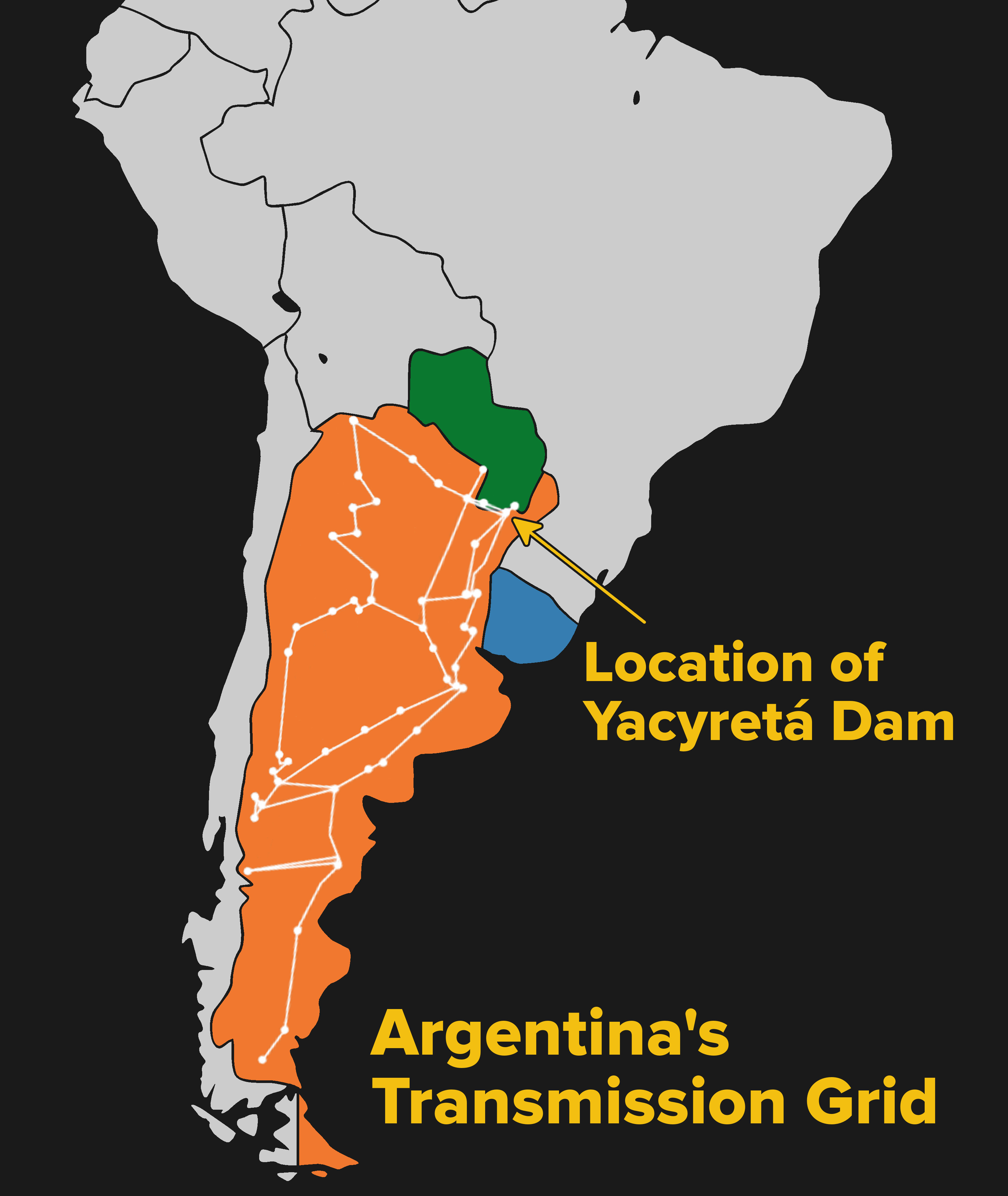In an increasingly interconnected world, reliable internet service is not merely a convenience but a fundamental necessity. When connectivity falters, consumers naturally turn to official channels, such as online outage maps, for immediate clarity. Yet, what if these digital representations, while useful, only tell part of the story? This article delves into the potential nuances and overlooked details that might not be immediately apparent when examining a service provider's public-facing outage map, prompting a deeper inquiry into the full scope of network disruptions.
Editor's Note: Published on July 23, 2024. This article explores the facts and social context surrounding "what the frontier outage map doesnt want you to know".
The Public Face of Connectivity Challenges
Telecommunications companies like Frontier Communications deploy online outage maps as a primary tool for informing customers about service interruptions. These maps typically display affected geographic areas, often marked with symbols indicating the presence of an outage, and sometimes provide estimated restoration times. Their primary purpose is to offer transparency and manage customer expectations during service disruptions, reducing the volume of direct customer service inquiries by providing self-service information. For many, these maps are the first and often only source of official information when their internet service goes dark.
The utility of these tools is undeniable. They offer a quick visual reference for customers wondering if their individual service loss is part of a larger, systemic issue. However, the design and scope of such maps are often dictated by operational considerations, which may inherently limit the depth of information provided. The data presented is typically aggregated and generalized, focusing on broad service areas rather than granular street-level impacts or the underlying causes of disruption. This approach, while efficient for mass communication, can sometimes leave customers with unanswered questions about their specific situation or the true nature of the problem.
"While outage maps are a vital communication tool, their generalized nature means they often present a simplified snapshot. The true complexity of network issues, from the precise cause to the specific impact on individual users, can easily be obscured by the need for broad, digestible information."
Unveiling the Hidden Dimensions of Disruption
Beyond the simple red pins and shaded areas on a digital map, a more intricate reality of network outages often exists. What an outage map primarily shows is the location of a detected service interruption, and perhaps an estimated time for resolution. What it frequently does not and arguably cannot convey are the granular details that significantly impact customers. This includes the precise nature of the fault (e.g., a fiber cut, equipment malfunction, software glitch, or power issue), the exact number of individual subscribers affected within a broader reported area, or the cumulative effect of recurring outages in specific locales. The distinction between a minor localized fault and a widespread infrastructure vulnerability often remains unaddressed by the typical map interface.
Moreover, the timeliness of updates can be a critical factor. While systems are designed for rapid reporting, there can be a lag between a service going down, its detection, and its subsequent appearance on a public map. Conversely, service restoration might precede an update on the map, leading to frustration for customers still checking for a resolution. The map, therefore, functions as a high-level operational overview, not an exhaustive diagnostic tool.
